Taking care of your tires and making sure that they’re properly inflated, installed, and balancing is critical to the safety of your vehicle and yourself.
Maintaining the balance of your tires isn’t all too complicated and can extend their lifespan and performance. You might be surprised at how easily they can be thrown off, which makes it important to check their balance regularly and know how to rebalance them.
Coming to a sudden, harsh stop, hitting a noticeable pothole, or natural wear over time can all lead to your tires spinning out of balance.
At Shine Armor, we care deeply about the safety, performance, and presentation of your vehicle, and we know you take pride in your car on the inside and out.
Here’s how to check if your tires are out of balance and what to do if they are.
When Should You Balance Your Tires?
There are several ways to tell if your tires need maintenance. Whether it’s rebalancing, rotation or replacement, they’ll let you know if something is wrong.
New Tires
Anytime you buy yourself a new set of tires, you want to make sure that they’re installed correctly, which includes checking and balancing them.
You could do this yourself if you personally installed your new tires, but more often, this service is included when you have professionals do it at the shop.
You also want to make sure that they hold on to that new tire shine as long as they can, which is extremely easy with our Graphene Tire Shine. Even if you’ve got a few years on them, we can help get them looking back to new.
Vibrations or Noises
Unbalanced tires have a few ways of letting you know they’re not properly in place, and one of the most easily noticeable is a loud vibration sound. Not only will you hear it, but you’ll more than likely feel it as well.
While vibrations can mean a couple of things when it comes to your tires, it never means anything good. If you’re hearing something coming from one of your tires, it could mean you have uneven tread wear or an imbalance problem.
If you’re hearing something coming from one of your tires, it could mean you have uneven tread wear or an imbalance problem.
Typically vibrations from imbalanced tires will be more noticeable at speeds above 45 miles per hour. It’s important to monitor your tire health regularly. Every few weeks, take a moment to turn down the music and listen for anything out of the ordinary while driving.
Lights in the DashSimilar to the noise and vibrations, lights in the dash can mean any number of problems with your entire vehicle, not just your tires.
Regarding your tires, there are two lights you want to keep an eye out for are the anti-lock braking system light and the low-pressure light. There isn’t one specifically for imbalanced tires, but these two will be enough to let you know something is wrong.
The anti-lock braking system light is easy to identify since it’s just the letters “ABS,” and the low-pressure light looks like an exclamation mark inside of a little cup.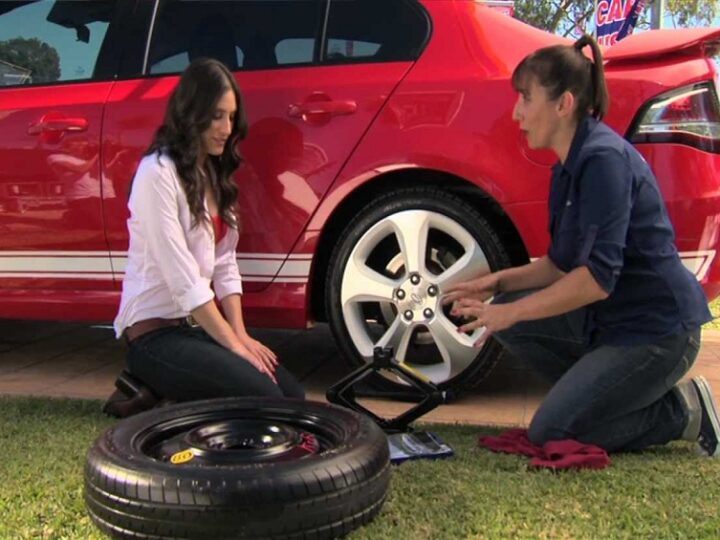
If you have a car older than 2012 and you live in the United States, your car might not have an ABS light as they weren’t mandatory yet, so you’ll just be looking for the low-pressure light.
Uneven Tread Wear
There are a few different types of uneven tread wear to be aware of, but we’re looking for patch-wear specifically for imbalanced tires.
Patch-wear is random and patchy (hence the name), so when you’re checking your tire tread, make sure to go around the whole tire.
Using a quarter, stick George Washington's head in between the treads. If you can still see the top of his head sticking out, that means that there’s less than 2/16th of an inch, and your tires have been worn down to the point when you should consider a new set.
How Often Should You Balance Your Tires?
Letting your tires go without being balanced for too long can have dangerous and lasting consequences. Particularly the amount of uneven wear on our tread.
Your tires will wear down over time naturally, but if they develop patchy and erratic spots in the tread, they decrease your vehicle's performance, the traction power that they can have and lead to potential blowouts at high speeds. We’re sure we don’t have to tell you how unpleasant that would be.
It’s recommended that you test your tire tread regularly, at least once every month or so. Then, rebalance your tires every ten to twelve thousand miles and get them rotated every other time.
How To Balance Your Tires
There are three ways to go about balancing tires, but only one of them you’ll be able to do from home- Unless you have professional auto-mechanic machinery.
We won’t spend too much time going over the techniques to balance tires that are mostly exclusive to the shop, but if you’re excited about learning something new, we’ll cover them briefly.
Generally speaking, balancing tires requires spinning or balancing the tires to determine if and where they aren’t balanced and then placing weights along the rim to adjust.
Road force balancing is the future of tire balancing processes. It uses a high-tech machine that looks like a large rolling pin, which presses against your tire as it spins.
The machine presses against the tire and detects even the smallest off-balance spots. It can determine the difference between healthy and unhealthy tread wear.
It’s certainly the most accurate option, though not quite accessible from home.
Dynamic Balancing
Another mechanic-only tactic for balancing is dynamic balancing. Dynamic balancing involves a machine that spins the tire at high speeds and feels where it's unbalanced and by how much, similar to the road force balancing.
This technique isn’t as accurate as using the road force balancing, but it’s very easy for a mechanic to adjust the weights on your wheel fairly simply and quickly.
Static Balancing
The process used at home is an older method, but it still works well.
Static balancing uses an unmoving balancing post or spindle that the tire is placed on wheel-face up. In the center of the post is a small bubble and circle balance, the goal being to line up the bubble into the circle.
If the wheel is unbalanced, then the bubble will clearly reflect that, and the user can adjust as necessary by attaching weights to the rim to counterbalance the offset.
The process, from start to finish, goes as follows:
 You want the bubble perfectly in the center of the circle before you put the tire on.
You want the bubble perfectly in the center of the circle before you put the tire on. Getting your tires rebalanced might cost between $50 and $100, but why not learn how to do it yourself? Using a static balancer, the process is certainly not that complicated, and you can get similarly accurate results as the fancy machines.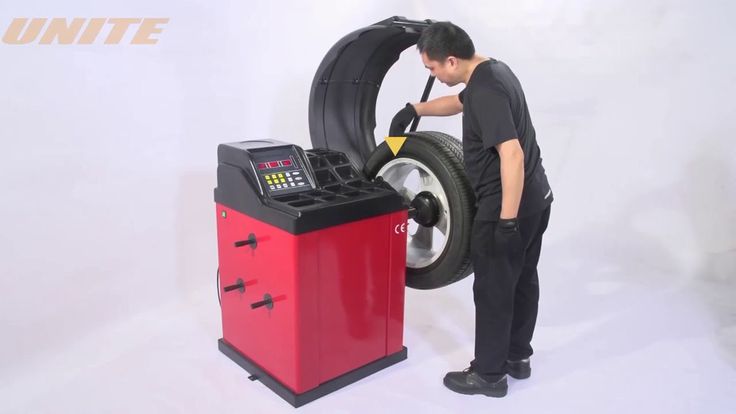 However, if you have a hard time, you should take your wheels to the mechanic.
However, if you have a hard time, you should take your wheels to the mechanic.
Unbalanced tires can result in uneven tread-wear, suspension damage, and blowouts, so it’s definitely a problem that you want to be solved sooner or later. Otherwise, you might be picking out a new set of tires altogether, if not worse.
References:
ABS Anti-Lock Braking History | Drivespark
Balancing Post | Amazon
How Does Unusual Tread Wear Affect The Performance of Your Vehicle | Cashcarbuyer.com
Unless you’re an automobile mechanic, you probably know how to balance car tires without a balancer. Balanced tires ensure even weight distribution and optimal wear characteristics. Tires should be balanced at every oil change. This article will cover static balancing and other methods. It will also cover the importance of checking tire balance at every oil change and why you should consider balancing your car tires regularly.
There are a few different ways to balance your car’s tires. Static balancing is one of the most basic and is suitable for minor tire imbalances. To balance the tires manually, you place the wheel and tire assembly on a vertical supporter. This will enable you to measure the balancing of the wheel and tire on one axis. The weight on the heavier side of the tire will lean lower to the ground than the other. During this process, the mechanic will place a small weight 180 degrees across the plane of the tire to counterbalance the other side of the wheel.
While using a balancer is the most convenient way to achieve this, there are other methods that can be performed by an amateur driver. One of the simplest ways is to place equal weights on each side of the wheel. This can ensure that the weight is evenly distributed throughout the tire. If you can’t use a balancer, you can use a jack. You can also place a weight on a jack to level the car’s wheels.
Dynamic balancing, on the other hand, is a more complex technique. This process uses computer balancers to spin the wheel while measuring the weight on all three axes. The technician places the assembly on the balancer and spins it at certain speeds. The machine has sensors that detect any imperfections in the weights. The computer then specifies where to place the weights, and the balancer then calculates how much they should apply.
This process uses computer balancers to spin the wheel while measuring the weight on all three axes. The technician places the assembly on the balancer and spins it at certain speeds. The machine has sensors that detect any imperfections in the weights. The computer then specifies where to place the weights, and the balancer then calculates how much they should apply.
Performing tire balancing on a regular basis is the most effective way to ensure the weight distribution on the tires. Besides removing wobbling, this process also helps in improving fuel efficiency and extending the life of tires. It also reduces stress on the vehicle and ensures optimum tire wear. It’s easy to do and will save you time and money. In addition, you’ll get an expert’s opinion on the topic.
There are other ways to balance a car’s wheels without a balancer. The static balancing method involves adding weights to a single line of a tire. Static balancing is often the simplest method to use, especially in cases of light imbalance. The tire is placed on a vertical supporter and a spindle tool or bubble balancer is used to balance it. The heavier side will lean 180 degrees from the ground.
The tire is placed on a vertical supporter and a spindle tool or bubble balancer is used to balance it. The heavier side will lean 180 degrees from the ground.
The Equal Flexx balancing compound is another method. The material, which is plastic or soft rubber, is injected into the tire‘s valve stem. The compound rebalances the tire assembly while it is in motion, so there is no need to dismount the tire. While equal-flexx does not require a balancer, it can be used on vehicles with all four wheels.
Another method is to add weights to a single line of a tire. These are easy to add and work well for light imbalance situations. Once the wheels are supported, the mechanic will add weights to one side of the tire to balance the car’s tires. In this way, the wheel runs true while still being balanced. The tire can be mounted back onto the car once it is balanced properly.
Regular wheel balancing improves fuel economy. Tire balancing reduces the wear and tear on the vehicle’s tires, which means lower fuel costs. Additionally, it prolongs the life of steering assemblies and axle end components. Regardless of the method, regular wheel balancing is important for a good ride. The Technology & Maintenance Council recommends that car owners balance tires regularly to ensure optimal performance and efficiency.
Additionally, it prolongs the life of steering assemblies and axle end components. Regardless of the method, regular wheel balancing is important for a good ride. The Technology & Maintenance Council recommends that car owners balance tires regularly to ensure optimal performance and efficiency.
Dynamic balancing is a method that uses computer-controlled spinning balancers to measure a tire‘s weight on all three axes. The technician places a fully-assembled wheel on a machine that spins at various speeds. The machine’s sensors measure the weight placement and determine whether it’s too heavy or too light. Small weights are then added to the inner and outer rims to correct the imbalance.
The difference between wheel alignment and tire balancing is significant. Tires should be balanced at every oil change to ensure safety and smooth ride. An out-of-balance tire can contribute to early tire wear and can damage your car’s suspension.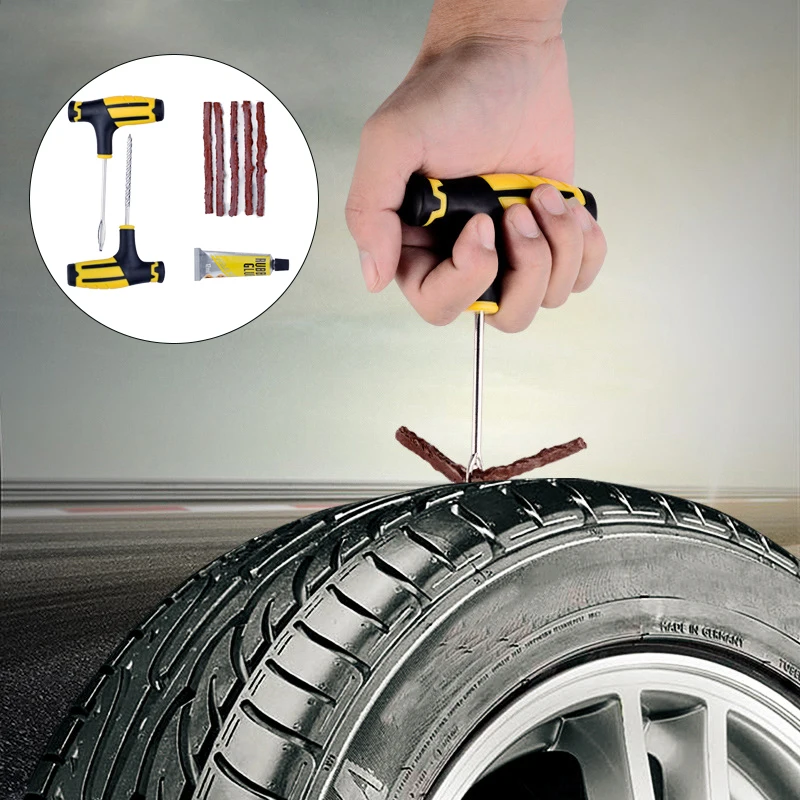 Getting your tires balanced on a regular basis will help prevent these problems and improve your car’s safety and handling. Here are a few tips on how to check the balance of your tires.
Getting your tires balanced on a regular basis will help prevent these problems and improve your car’s safety and handling. Here are a few tips on how to check the balance of your tires.
One way to check tire balance without a balanced balancer is to have a professional do it. A balancer spins the wheel at high speed to measure the mass of the tire. When this is done, a balancer will display the heaviest part of the tire. If the weight is uneven in one part of the tire, vibrations will be felt in the steering wheel.
If you do not have a balancer, then you may want to consider getting one. Tires that are not balanced can cause uneven wear, vibration, and other problems. You may even end up buying new tires. Taking your car to a mechanic for balancing will prevent you from needing new ones down the road. Also, balancing your car’s tires can help you identify underlying issues, such as wheel alignment and suspension problems.
Most vehicles should have a tire balance done at least once every 5,000 miles. A tire alignment job is a specialty of an automotive technician. Your vehicle’s alignment is based on the angles of the wheels on the car. Alignment technicians adjust the angles of the wheels to maintain proper balance. This adjustment can help prevent dangerous situations and extend the life of your tires. Your car’s alignment is another key element for safe driving. If you don’t have a balancer for every oil change, you may want to take your vehicle to a shop that specializes in alignment.
A tire alignment job is a specialty of an automotive technician. Your vehicle’s alignment is based on the angles of the wheels on the car. Alignment technicians adjust the angles of the wheels to maintain proper balance. This adjustment can help prevent dangerous situations and extend the life of your tires. Your car’s alignment is another key element for safe driving. If you don’t have a balancer for every oil change, you may want to take your vehicle to a shop that specializes in alignment.
Unbalanced tires may cause your car to vibrate when you drive. It may also affect your gas mileage. The vibrations will cause your tires to wear out faster and can damage your suspension system. It may also lead to uneven wear on the sidewalls. If the wheels are not balanced, they may even cause a blowout. When you are driving at high speeds, the tires should be checked to ensure proper balance.
Tires can be out of balance for a variety of reasons. Sometimes, a vehicle is over-balanced, requiring a balancer to adjust the weights. Other times, a tire has uneven weight distribution and requires a tire mechanic to adjust the weights. Depending on the type of imbalance, there are different methods to balance a tire without a balancer. Some methods are listed below.
Other times, a tire has uneven weight distribution and requires a tire mechanic to adjust the weights. Depending on the type of imbalance, there are different methods to balance a tire without a balancer. Some methods are listed below.
First, remove the weights from the wheels and clean them thoroughly. The wheels need to be thoroughly dry and clean before balancing. Once the wheels are clean, slide the balancer’s scale out of the bead edge. After a few seconds, turn the car off. The balancer will then automatically wake up and display the results. Once you’ve achieved a proper balance, install the balancing weights on opposite wheels.
If you feel vibrations while driving, you may have out of balance tires. These vibrations can be caused by a number of things, including out-of-balance tires, a bent wheel, and aging suspension parts. If you notice these vibrations, be sure to consult a car mechanic as soon as possible. An out-of-balance tire can also result in patch-wear, a type of random pattern of wear on the tire.
An out-of-balance tire can also result in patch-wear, a type of random pattern of wear on the tire.
Regardless of the reason, tire imbalance is dangerous. Even the smallest imbalance can cause significant damage to your suspension and car. In addition to tire wear and damage, an out-of-balance wheel can drastically increase your vehicle’s treadwear. There are two types of imbalances: static and dynamic. Static imbalance occurs when a heavy spot is in the tire. Dynamic imbalance is when weight is uneven on both sides of the tire centerline. This imbalance causes side-to-side movements.
Tires should be balanced after you install new tires. Not only will a properly balanced wheel increase the life of the tires, but it will also lower the cost of replacements in the future. Even the slightest imbalance can also lead to vibrations and premature tire wear. Furthermore, it can lead to excessive heat and reduce the life of the tires. As with any work, safety should always be your first concern. Wear proper protective gear and follow instructions carefully.
Wear proper protective gear and follow instructions carefully.
For All Motorbike Tires
Click Here For Tire Prices
Wheel balancing is one of the measures that ensure the stability of the car on the road and affect traffic safety. Many car owners believe that only service stations can do high-quality balancing. They are partly right, but it is not always possible to contact the masters, and it is impossible to delay the procedure. In this situation, you can do the balancing of the wheels with your own hands in a garage. There are ways to carry out this procedure without professional equipment. nine0003
Contents
1 Why balancing is needed
2 How often to carry out
3 Signs of imbalance
4 Balancing methods
4.1 Without wheel removal
4.2 On a homemade stand
4. 3 On machine
3 On machine
4.4 Balancing with pellets
4.5 Video: do-it-yourself wheel balancing
5 Errors during procedure
Uneven tire wear or disc damage lead to imbalance, that is, a violation of the distribution of the mass of the wheels relative to the horizontal and vertical planes. There are two types of unbalance:
There are two types of unbalance: static and dynamic
Unbalance causes the wheels to vibrate while driving. The imbalance of the wheels, especially when driving at high speed, impairs handling, increases the length of the braking distance, and leads to premature wear of the running gear.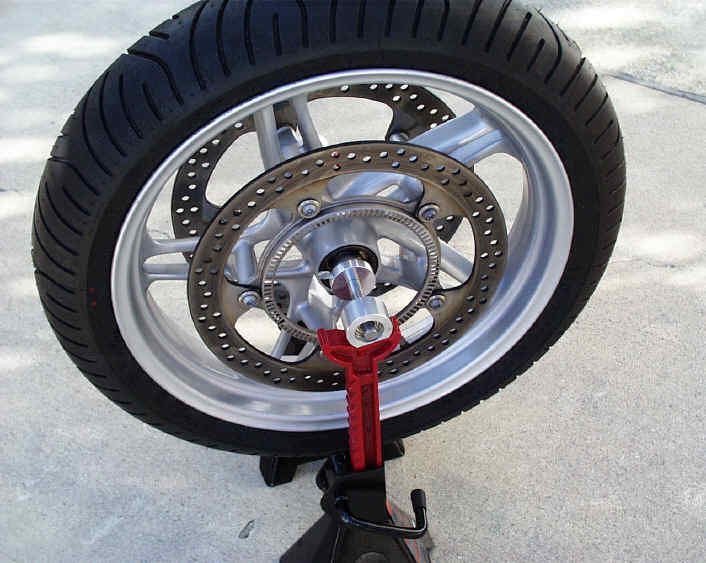
Unbalanced wheels while driving at high speed cause loss of control. But even if the accident did not happen, constant vibration renders the hub bearing unusable, and over time, the entire suspension system of the vehicle breaks down. nine0003
The task of the procedure is to restore balance to the wheels during rotation. The result of balancing is a uniform distribution of the mass of the wheel relative to the axes of rotation.
There are no clear and specific recommendations for all vehicles on the frequency of balancing. It all depends on the operating conditions of the vehicle, the condition of the wheels, and other factors. Experts recommend balancing:
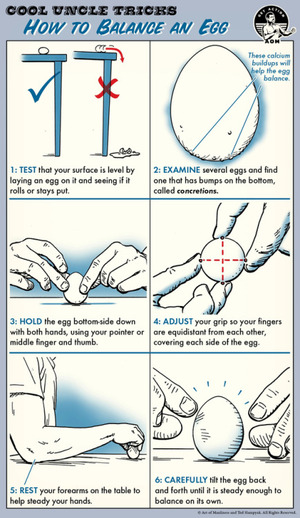
The main signal of imbalance is the appearance of vibration. The intensity of the vibration transmitted to the passenger compartment depends on the degree of imbalance. Sometimes at speed the car starts to literally tremble with the whole body.
The nature of the vibration indicates which wheels are unbalanced:
Other signs of imbalance are increased fuel consumption, tire noise while driving, uneven wear and regular flat tires. nine0003
Using the advice of experienced drivers, you can independently carry out balancing in the old fashioned way without using a special machine.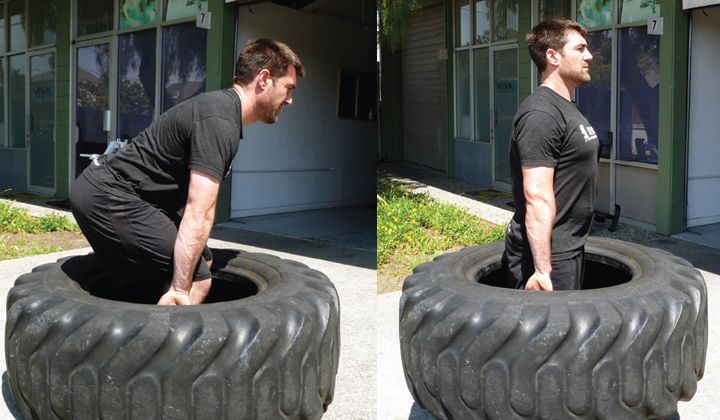 This will take more time than the master would spend in the service, but will save money.
This will take more time than the master would spend in the service, but will save money.
If desired, wheel balancing can be carried out independently in a garage
To perform the procedure yourself, you will need the following tools and materials:
Interesting! To balance wheels on cast or forged rims, it is advisable to purchase self-adhesive weights. But in winter, such weights can come unstuck from temperature changes.
Balancing weights required for balancing
Self balancing process consists of the following steps:
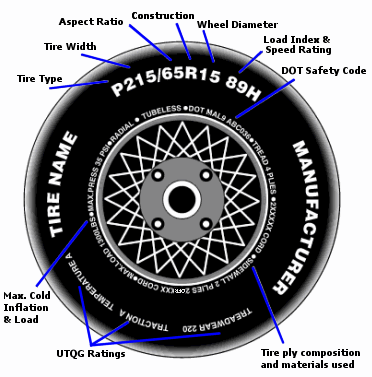 If the wheel turns hard, you need to unpin it and loosen the hub nut.
If the wheel turns hard, you need to unpin it and loosen the hub nut.  nine0010
nine0010 In this sequence, carry out the procedure with each wheel. To check the correctness of the balancing performed, you need to drive a car for at least ten kilometers at a speed of more than 90 km / h. If there are no shocks and taps during movement, then everything is done correctly. If the procedure is performed incorrectly, specific shocks to the steering wheel appear.
For your own confidence, at the first independent balancing, you can undergo diagnostics at the service station. If the masters confirm that everything was done correctly, in the future you can do the procedure yourself. nine0003
Important! Self-balancing in the garage is only permissible in case of static imbalance. The elimination of dynamic imbalance requires the use of equipment. Experts recommend contacting the service if the car has worn tires and old bent wheels. It is impossible to balance such wheels without special equipment.
You can make the balancing process easier by making a homemade stand in the garage. In this case, you do not have to remove the brake pads from the wheel and loosen the stepped nut. nine0003
In this case, you do not have to remove the brake pads from the wheel and loosen the stepped nut. nine0003
A self-made stand simplifies the wheel balancing process.
The stand is assembled from an old hub with a working bearing. The hub is mounted on the frame in such a way that the wheel rotates freely, and the whole structure firmly rests on the surface. It is convenient to use vertical metal racks as a frame, between which the wheel is attached. Further balancing steps are the same as the previous method of performing the procedure.
Even an experienced motorist in garage conditions carries out balancing “by eye”. Therefore, there can be no complete confidence in the correctness of the process. In specialized workshops, balancing is carried out on computer-controlled machines.
Modern workshops are equipped with CNC balancing machines
The machine consists of a cone-shaped support for mounting the wheel, a rotating electric motor and sensors. The wheel rotates during tire fitting, and at the same time the computer determines the vibration and pressure. The readings of the sensors help to accurately calculate the weight and installation location of the weights. nine0003
The wheel rotates during tire fitting, and at the same time the computer determines the vibration and pressure. The readings of the sensors help to accurately calculate the weight and installation location of the weights. nine0003
Workshops are equipped with two types of machines:
According to the type of supports used, the machines are divided into:
Interesting! On rigid machines, various parts can be tested, but the quality and accuracy of measurements for this reason is reduced.
Most modern workshops are equipped with automatic balancing machines. The master puts the wheel on the shaft, clamps it with bolts and spins it. The sensors determine the points of end runout. The computer determines the intensity of the push and calculates the mass of the load that must be attached to the calculated point. The computer will also tell you if the wheel cannot be balanced. nine0003
The master puts the wheel on the shaft, clamps it with bolts and spins it. The sensors determine the points of end runout. The computer determines the intensity of the push and calculates the mass of the load that must be attached to the calculated point. The computer will also tell you if the wheel cannot be balanced. nine0003
One of the newest methods of wheel balancing is the use of special granules instead of weights. The essence of the technique is the filling of special granules into the tire, sliding during movement in the internal space. This free movement eliminates imbalance while moving at speed.
Modern methods of wheel balancing involve the use of a microbead
The advantage of this method is that the granules are poured once and they perform their intended function throughout the life of the tire. The disadvantage of this balancing method is the high cost of granules. Therefore, balancing in this way has not gained popularity at the present time. nine0003
nine0003
If the balancing process is carried out in violation of the technology, then the vibration problem will not be solved at best, and at worst it will further worsen. The most common errors:
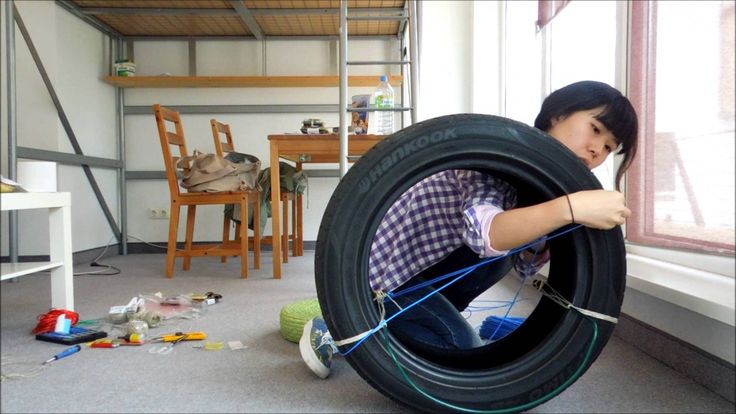
In order not to encounter such troubles, it is necessary to carefully choose a car service and control the work of the masters. Qualified specialists give a guarantee for their own work and show the balancing results on the machine display. If the master forbids the presence of the owner of the car during work or does not give a guarantee, it is advisable to refuse his services. nine0003
Wheel balancing is an important element in monitoring the technical condition of the vehicle. A timely procedure will help not only increase the safety and comfort of driving, but also extend the life of the car, preventing premature wear of the parts of the running system.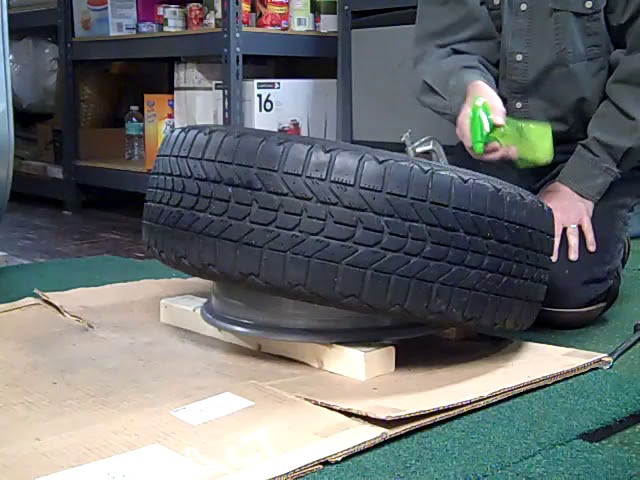
Rate this article:
(13 votes, average: 4.5 out of 5)
Share with friends!
Adblock
detector
Hello, dear readers and visitors of the blog Avtogid.ru . Today in the article it will be possible to find out the procedure for balancing the wheels of a car with your own hands. Of course, one can object and say that why do it yourself to carry out the steps to balance the wheels of the car, if you can contact the tire service. In part, these objections are correct, but if you look, on the other hand, you always want to know more new, interesting and useful information. nine0003
nine0003
It's nice to do things on your own without outside help. Do-it-yourself wheel balancing, among other things, is a great opportunity to save on vehicle operation. In principle, if everything is disassembled in detail, balancing the wheels of a car will not take much time.
The most important thing is to overcome your own laziness and fatigue. Therefore, it is not worth balancing the wheels on weekdays after work, the efficiency will be zero and the quality will suffer in the first place. It is better to choose a day off for this and calmly do the work without haste and hassle. nine0003
Quite a fair and logical question. It would seem that he “shod” rubber and ride a car for your pleasure. In fact, not everything is as simple as it seems to many. Car wheel balancing is an important procedure that directly affects traffic safety.
 The rims remain the same, but the tires change. Riding on summer tires in winter is prohibited in many countries of the world at the legislative level. nine0010
The rims remain the same, but the tires change. Riding on summer tires in winter is prohibited in many countries of the world at the legislative level. nine0010
It is not always possible to go to a tire shop to balance the wheels of a vehicle. By connecting the head and arms growing from the right place, you can do this work yourself without help. nine0232 There is nothing difficult in this procedure. There is no need to rush otherwise the quality of the work performed may suffer.
By connecting the head and arms growing from the right place, you can do this work yourself without help. nine0232 There is nothing difficult in this procedure. There is no need to rush otherwise the quality of the work performed may suffer.
Includes the purchase of self-adhesive weights acting as balancers. They are glued to the disc to balance the rotation of the wheel when the vehicle is moving.
Car wheels must be washed and any stones stuck in the tread must be removed. There should be no dirt on the tires, otherwise the correct balancing can be called into question. Be sure to remove the cap if installed. nine0003
Next, take an ordinary jack. One side of the machine is lifted, releasing two wheels. We need to check their free rotation. They are untwisted by hand in any direction. The wheels should spin without overcoming resistance. In some cases, to ensure free rotation, it will be necessary to loosen the fastening of the hub. You just need to loosen the bolts a little. Do not forget about removing old weights from the wheel.
You just need to loosen the bolts a little. Do not forget about removing old weights from the wheel.
To determine the heaviest point of the wheel, perform the following steps:
- the wheel spins again and weights are added until it stops in different positions each time marked with a dot. nine0003
Do the same for each of the four wheels. In order to verify the correctness of the procedure performed, you can drive a car for several kilometers. If the balancing was performed incorrectly, a specific vibration of the steering wheel will appear.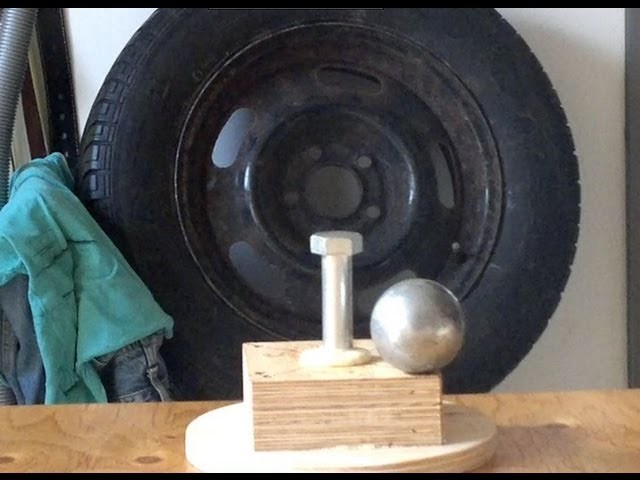
Individual craftsmen in order to balance the wheels of the car independently create special home-made stands. They must ensure the stability of the wheel during rotation and stand securely on any surface. nine0003
Neglecting to balance the wheels of a vehicle can be costly for the car owner. Its consequences can hit the wallet of the average motorist very painfully.
Poorly balanced machine wheels lead to a significant lengthening of the stopping distance. All this can lead to accidents on the roads. Often the contact area is reduced and the level of adhesion of the tire to the asphalt drops. nine0003
Steering wheel wobble while driving is not only annoying, but can also reduce handling.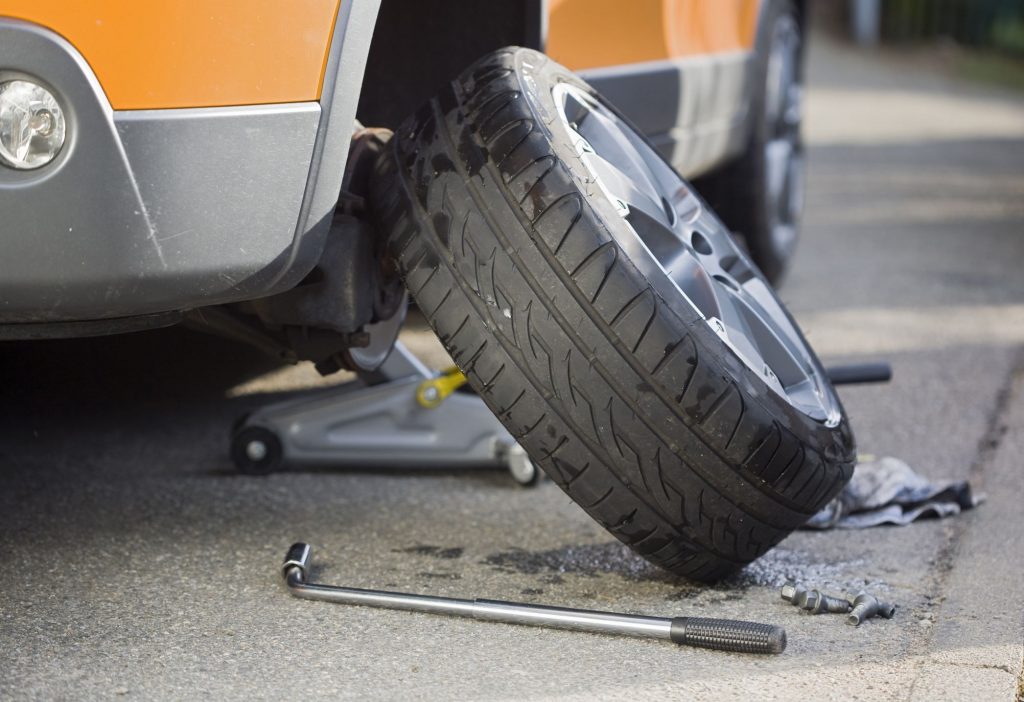 This phenomenon is especially dangerous at high speed. The chances of getting into an accident increase exponentially.
This phenomenon is especially dangerous at high speed. The chances of getting into an accident increase exponentially.
Incorrect wheel balancing of the vehicle leads to accelerated wear of the vehicle's suspension elements. Individual elements during long-term operation of the machine may even partially collapse. nine0003
Uneven tire wear is the first sign of imbalance. Even new high-quality and expensive tires can be damaged in a relatively short period of time if measures are not taken in time. As practice shows, wear occurs on the outer or inner side of the wheel.
Incorrectly distributed weight of the wheel during its movement creates oscillatory movements. It starts to wobble from side to side. The phenomenon takes place if the weight was unevenly distributed on both or one side of the wheel centerline.